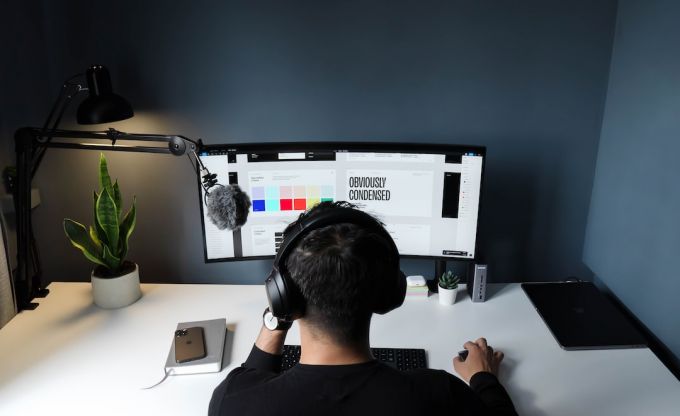In the world of web and app design, navigation plays a crucial role in providing a seamless user experience. It serves as a roadmap, guiding users through the various sections and features of a website or application. When done right, navigation enhances usability, improves engagement, and ultimately leads to higher conversion rates. This article will discuss some best practices for navigation design to ensure a positive user experience.
Clear and Intuitive Labels
One of the key elements of effective navigation design is clear and intuitive labels. Users should be able to understand the purpose of each navigation item without any confusion. Avoid using jargon or overly technical terms that might be unfamiliar to the average user. Instead, opt for concise and descriptive labels that accurately represent the content or functionality of each section. For example, instead of using “Products,” consider using “Shop” or “Browse Products” to give users a clearer idea of what to expect.
Consistent Placement
Consistency is key when it comes to navigation placement. Users have come to expect certain navigation patterns, such as a horizontal menu at the top of a website or a hamburger menu icon on mobile devices. By adhering to these established patterns, you can ensure that users can easily locate and access the navigation regardless of their familiarity with your specific website or application. Avoid experimenting with unconventional placement unless you have a compelling reason to do so.
Hierarchy and Organization
Another important aspect of navigation design is hierarchy and organization. A well-structured navigation system helps users understand the relationship between different sections and how to navigate between them. Consider grouping related items together and using submenus or dropdowns to provide additional levels of hierarchy when necessary. Avoid overwhelming users with too many options at once, as it can lead to decision fatigue and frustration. Instead, prioritize the most important sections and use clear visual cues to indicate secondary or tertiary options.
Responsive and Mobile-Friendly
With the increasing prevalence of mobile devices, it is essential to design navigation that is responsive and mobile-friendly. Mobile users have limited screen space, so it is crucial to prioritize the most important navigation items and simplify the menu structure if needed. Consider using collapsible menus or off-canvas navigation to save space while still providing access to all the necessary sections. Additionally, ensure that all navigation elements are easily tappable and have enough spacing to prevent accidental clicks.
Feedback and Affordance
Providing feedback and affordance is another best practice in navigation design. When users interact with a navigation element, they should receive clear visual cues indicating their action. For example, when hovering over a menu item, it should change color or display a subtle animation to indicate that it is clickable. Similarly, when a user clicks on a navigation item, there should be a clear indication of the active state, such as highlighting or underlining the selected item. These visual cues help users understand the system’s response to their actions and improve overall usability.
Testing and Iteration
Finally, an essential best practice for navigation design is testing and iteration. User feedback is invaluable in identifying potential issues and making improvements to the navigation system. Conduct usability testing sessions, gather feedback from real users, and analyze user behavior data to identify areas of improvement. Iterate on the design based on these insights to continually enhance the user experience and address any usability issues that may arise.
In conclusion, navigation design plays a pivotal role in providing a seamless and intuitive user experience. By following best practices such as using clear labels, consistent placement, hierarchical organization, responsive design, feedback, and testing, you can create an effective and user-friendly navigation system. Remember, the ultimate goal is to empower users to navigate your website or application effortlessly, leading to increased engagement and conversions.





